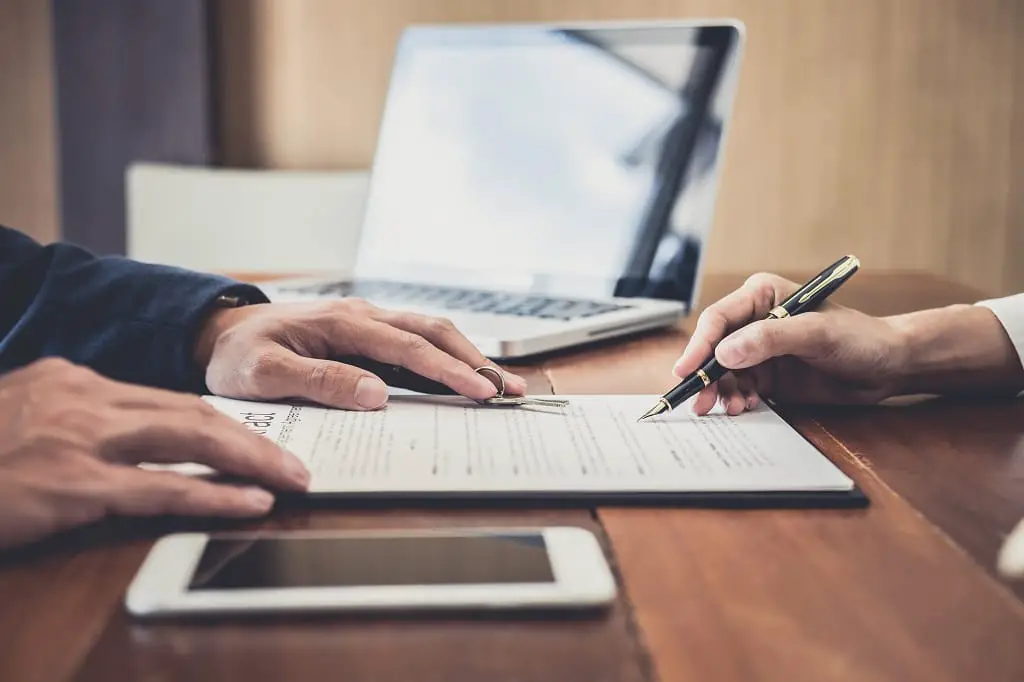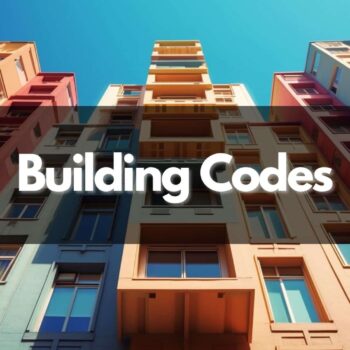Loan origination fee is the fee required during the first stage in the mortgage lending process. The process starts when the borrower submits documents for pre-qualification.
To understand the mortgage process, it is essential to understand the concept of loan origination. As a real estate professional, I’ve helped many real estate students understand complex terms during my teaching tenure. If you’re having trouble understanding loan origination, I have you covered.
In this post, I’ll define loan origination and explain it with the help of examples. After reading this post, you’ll be able to understand loan origination and all the stages involved in the process.
What Is a Loan Origination Fee?
A loan origination fee is a fee required by the loan originator to process the loan. Loan origination is a process that starts with the qualification and authentication of a new loan.
After receiving a loan request, the lender initiates a process. This process continues until the loan is approved or rejected. The process is called loan origination, during which the lender analyzes and verifies the documents and decides whether to give the borrower a loan. During loan origination, the fees incurred are called loan origination fees.
When a borrower first applies for a mortgage, the lender initiates or ‘originates’ the loan. The lender requires information about the borrower’s income, credit history, assets, and debts. By reviewing this information, the lender determines the borrower’s creditworthiness. Lenders want to avoid high-risk borrowers with a bad credit history or unstable income.
In short, the loan origination process has a mortgage origination fee, which the borrower has to pay. The origination fee is mostly around 0.5% to 1% of the loan amount. However, if the borrower is risky, the fee may be higher.
Loan Origination Requirements

The borrower must fulfill a few requirements to start the loan origination process. The following are the documents that the borrower must provide for loan origination:
- Proof of identity (Photo, SSN)
- Proof of income, including W-2s, 1099s
- Proof of expenses, bank account, and assets
These are the basic requirements for loan origination. Besides these, the lender may require additional documents according to the type of mortgage. For instance, the borrower will have to provide information about the property’s location if it’s a USDA loan. Similarly, the borrower must provide proof of their association with the U.S. military for a VA loan. If the borrower has a co-borrower or co-signer, they must provide their information for loan origination.
Most lenders input all the information into automated software that underwrites the loan and determines the loan details. Through the manual underwriting process, an underwriter takes the key details and evaluates them to determine whether the borrower qualifies for the loan.
The loan offer or representative of the lender conveys the loan details, including the rates and terms, to the borrower. The lender may offer an adjustable-rate mortgage or a fixed-rate mortgage. Whatever the terms are, if the borrower accepts them, they move forward to originate the loan.
Loan Origination Stages
Loan origination consists of multiple stages that continue till the end of the process. The process covers everything starting from loan application to approval of the loan. The person who originates the loan is called a loan originator, who charges the loan origination fee for their services. The following are the main stages of loan origination:
Pre-Qualification
This is the first loan origination stage in which the borrower submits their details and documents to the lender. The lender reviews this information and determines the interest rate they will offer the borrower. The financial details required for pre-qualification include income source, credit report, bank statements, financial statements, tax returns, debts, W-2 forms, and additional documents.
Loan Application
The second stage in the loan origination process is the loan application. The borrower completes their loan application. The application can be either online or in paper form. The loan application must include all the details and what the borrower expects from a mortgage. For instance, the property type, any debt the borrower has, the size of the down payment expected, work history, etc. The loan originator verifies this information and performs the legal paperwork.
Application Processing and Underwriting
During the application processing and underwriting process, the underwriter and lender both review the borrower’s information. They analyze whether the borrower can handle the loan repayments during the process. To determine a borrower’s creditworthiness, the lender uses a software program to decide. They can also do it manually and ask for more information if required.
Credit Decision
Depending on the above stages, the lender will decide whether to approve the request. If the lender rejects the loan application, the application is sent back to the loan originator, and they can request more information. The loan application is approved and forwarded to the quality control team. After a quality check, the lender offers their rates and terms to the borrower.
Negotiation
Before making a loan agreement, the borrower can negotiate the rates and terms offered by the lender. The borrower’s financial status, credit score, and lending institution play an important role here. If the borrower has a good credit score, they can easily negotiate good rates and terms from the lender.
Closing
After the loan is finalized, the lender and the borrower sign the loan agreement. This is when an escrow agent explains the closing costs and the down payment. These are upfront payments that the borrower has to pay at this time. The borrower also gets a loan commitment letter during the closing stage.
Loan Funding
Most lenders fund loans instantly after the loan is approved. However, a few types of loans, such as second mortgages, may require more time for funding. This is the last stage, where the borrower gets the loan funds in their bank account.
Loan Origination Fee Example
Jane, an architect, plans to buy a house valued at $300,000. She has $150,000 in savings and needs $150,000 more to purchase the house. Thus, she decides to apply for a mortgage at a local bank and initiate loan origination. She fills out the mortgage application and submits the required documents.
The underwriter and loan originator review her documents and relevant details before disbursing funds. The lending institution performs a detailed evaluation by looking at her employment history, income, credit score, debts, tax returns, and bank statements. The lender also determined the closing date for Jane to pay the closing costs.
After completely reviewing the loan application and verifying documents, the lending institution offers a $150,000 mortgage to Jane. Since she has a good credit score, she can get good rates and terms. Jane also has to pay a loan origination fee of 1% of the mortgage, that is, $1500.
Frequently Asked Questions
What Is a Loan Origination System?
A Loan Origination System (LOS) is software that accepts loan applications and other inputs from the borrower. The lender uses it to process the loan application from start to end. LOS can include advanced tools such as eligibility engines, compliance tools, and record management. A LOS makes it easier for the lender to decide on loan approval. Since manual underwriting and loan processing is complex, most lending institutions use LOS these days.
How to Start Loan Origination?
To apply for a loan, the borrower must do a self-credit check. They must check if their credit score meets the requirement of a particular lender. If the borrower has bad credit, they must try to raise it by making on-time payments on their existing debts.
Besides that, the borrower must understand the different mortgage options available. To apply for a mortgage, the borrower must shop for lenders by comparing available options. After comparing different lenders, the borrower can apply for a mortgage to begin the loan origination.
How to Avoid Loan Origination Fees?
If the borrower can’t afford the loan origination fees, they can request the lender or seller for negotiation. If the borrower can’t pay the loan origination fee at all, they can ask the lender to waive it. Besides that, there are a few lenders that don’t have origination fees. These are the best options to avoid loan origination fees.
Who Gets the Loan Origination Fee?
A loan origination fee is around 0.5% to 1% of the loan amount. This fee is paid by the borrower to the lender. The lender charges this fee for preparing for the mortgage loan and all the stages involved in it.
What to Know for the Real Estate Exam
Loan origination is a multi-stage process involving all the steps the borrower must go through to obtain a mortgage. It is a lengthy process during which the loan application, verification of documents, approval, and closing takes place.
A loan originator charges a fee for this process, known as a loan origination fee. It starts with pre-qualification and ends with loan funding in case of approval. Loan origination also requires a fee that the loan originator charges; this is called an origination fee.
I hope that you’ve entirely understood how loan origination works. If you want to learn more about real estate definitions, browse our Real Estate Terms Guide.












